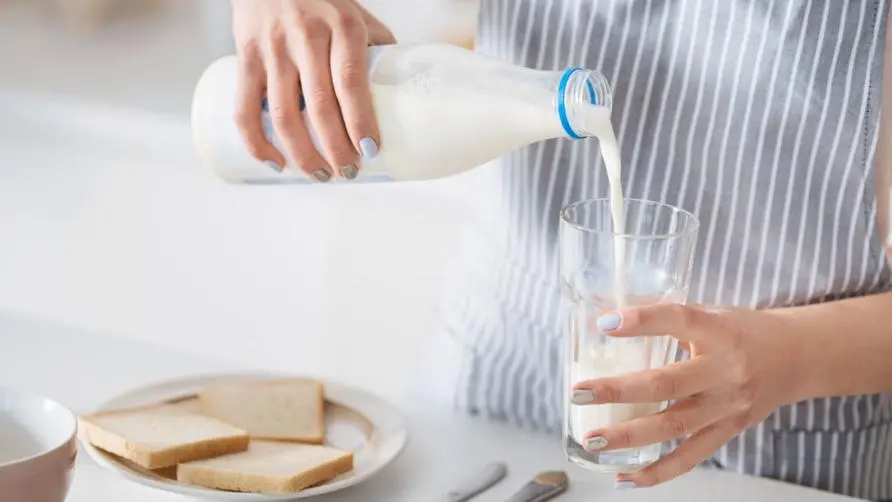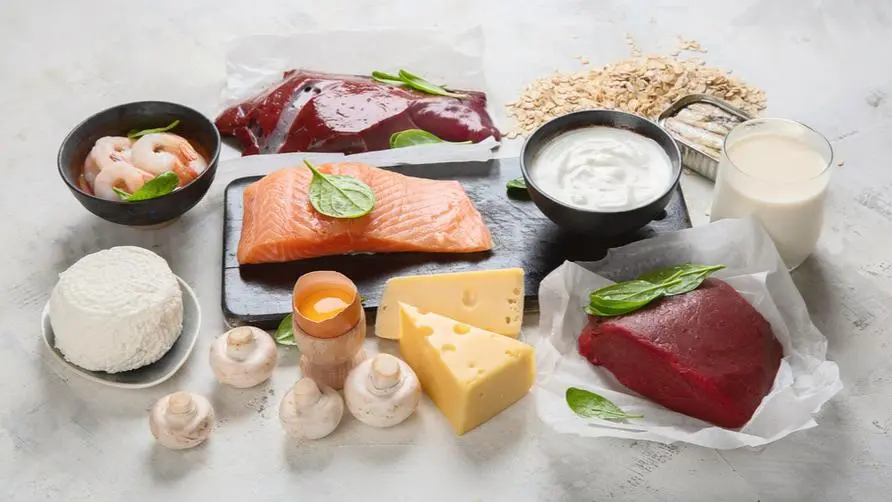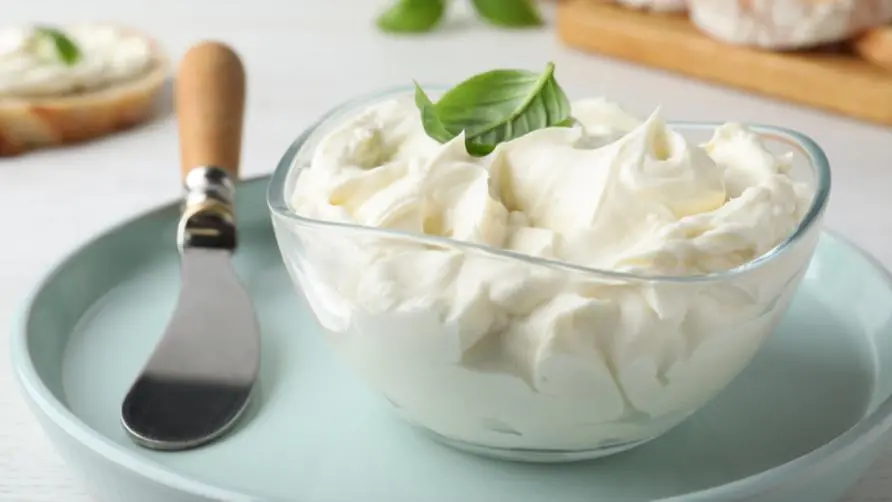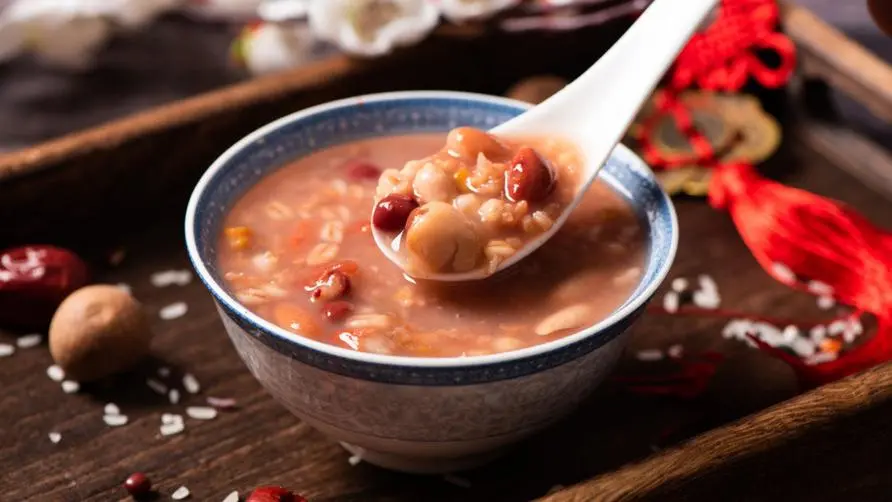Is the nutritional value of long-lasting milk not as good as fresh milk? Experts clarify: In addition to less "1 nutrition", it can also supplement calcium and protein

Why does preserved milk have a longer shelf life than fresh milk? What are the different sterilization methods for glass bottles and aluminum foil packages?
“Milk” is one of Taiwanese’s favorite drinks. But it is also milk, so why does fresh milk have to be kept refrigerated and is only valid for a few weeks, while long-lasting milk can be kept at room temperature for several months? Taiwan Ministry of Health and Welfare, Food and Drug Administration and Professor Chen Mingru from the Department of Animal Science and Technology of National Taiwan University explained to the public the differences between different types of long-lasting milk and how to preserve long-lasting milk.
Professor Chen Mingru explained that the raw materials of “fresh milk” and “long-lasting milk” also come from the “raw milk” secreted by dairy cows, but the production processes are different. Fresh milk uses the “pasteurization method” to sterilize milk. This method uses a low heating temperature and can only kill the bad bacteria that make people sick, but other microorganisms can still survive. Therefore, fresh milk needs to be refrigerated and has a short shelf life. When making long-lasting milk, all microorganisms and spores in the milk will be killed, so that the microorganisms cannot continue to grow, so it can be stored for a long time.
As for the long-lasting milk in glass bottles, pasteurized fresh milk is bottled and then sterilized at high temperature and high pressure. During the process, the high temperature is maintained for a long time, causing the milk to produce a “browning reaction” and make the color darker. , will also produce some flavor substances, which is why fresh milk and long-lasting milk in glass bottles taste different. As for the long-lasting milk packaged in aluminum foil, the raw milk is directly sterilized at a high temperature above 135 degrees Celsius, and then filled and packaged in a sterile environment. It is characterized by a short sterilization and heating time and a slight browning reaction, so it tastes better. It is also similar to fresh milk.
Is the nutritional value of preserved milk not as good as fresh milk? Experts clarify: There is only a slight difference in vitamin content
The shelf life and flavor of commercially available long-lasting milk and fresh milk are different, so are their nutrients also different? Professor Chen Mingru pointed out that the most important nutrients in fresh milk are “protein” and “calcium”. Although some proteins will denature when exposed to heat, they can still be broken down and digested in the gastrointestinal tract for the body to absorb and utilize; and calcium It is not affected by heating. Therefore, long-lasting milk is still a good source of protein and calcium.
As for vitamins, which are relatively heat-labile ingredients, the content in long-lasting milk may be slightly lower than that in fresh milk. However, Professor Chen Mingru explained that as long as you maintain a balanced diet in your daily life, you don’t need to worry too much about vitamin deficiencies. However, flavored long-lasting milk usually contains more sugar, spices and other additional ingredients, and the milk content ratio is different. It is recommended to give priority to long-lasting milk with 100% milk content.
This long-lasting milk content is only 50%? What are the differences between 3 common commercially available types?
There are many types of long-lasting milk. If they don’t contain the word “long-lasting milk”, they are the same product! Professor Chen Mingru listed and explained three types of long-lasting milk products as follows:
Long-lasting milk: refers to long-lasting milk products made solely from raw milk or fresh milk, with a milk content of 100%.
Seasoned long-lasting milk: a product made from raw milk, fresh milk or long-lasting milk and seasoned, with a milk content of more than 50%.
Preserved milk drinks: products made using reduced milk with a milk content of more than 50%; or products using reduced milk mixed with raw milk, fresh milk or preserved milk, with a milk content of more than 50%.
Professor Chen Mingru further explained that long-lasting milk with 100% milk content is mostly made from local milk sources in Taiwan. If it is a long-lasting milk drink made from reduced milk, the raw materials are mainly imported milk powder or imported frozen milk. The Taiwan Food and Drug Administration reminds the public to pay more attention to the labels on the product packaging when purchasing, and choose long-lasting milk products that meet their own needs. Long-lasting milk should be consumed as soon as possible after opening, and you should also pay attention to whether the product is still valid before drinking. You can drink it safely within the date.
Further reading:





